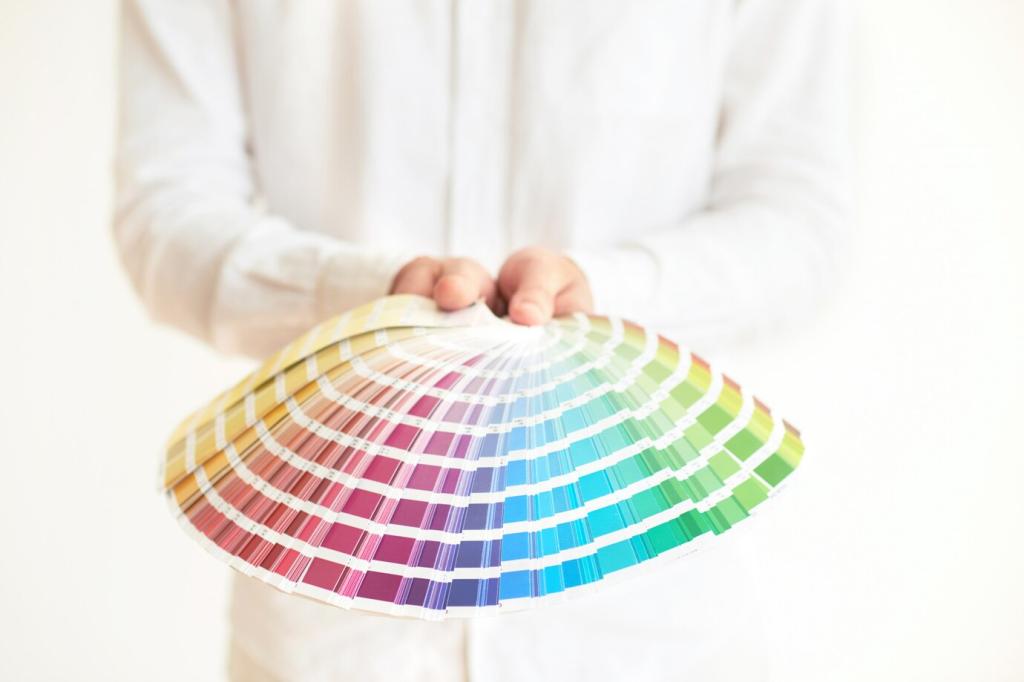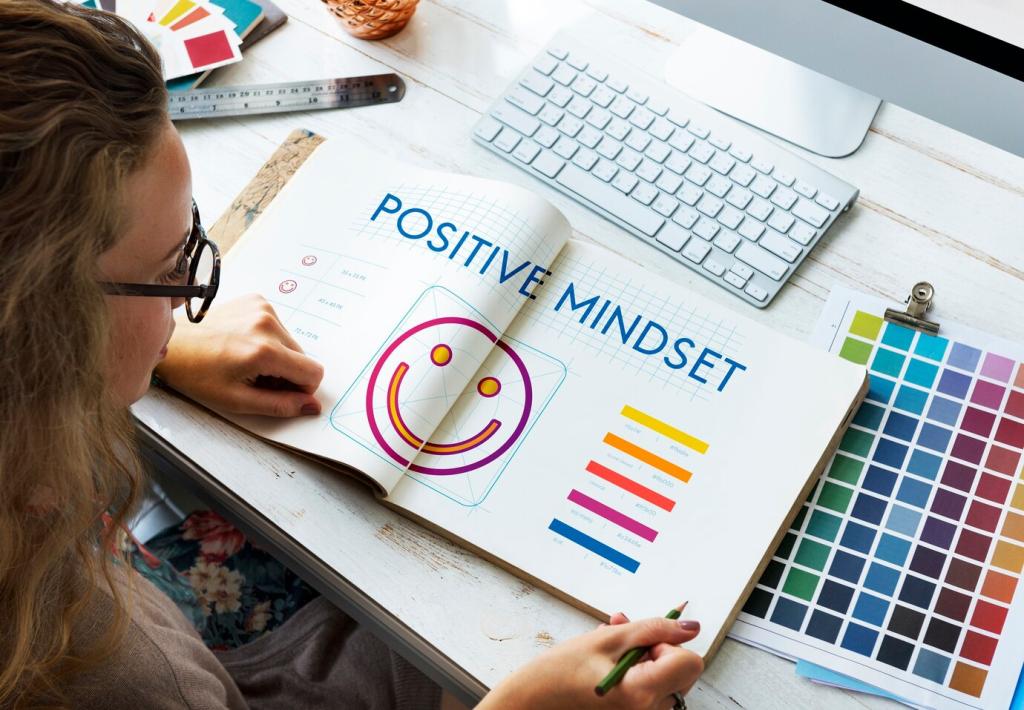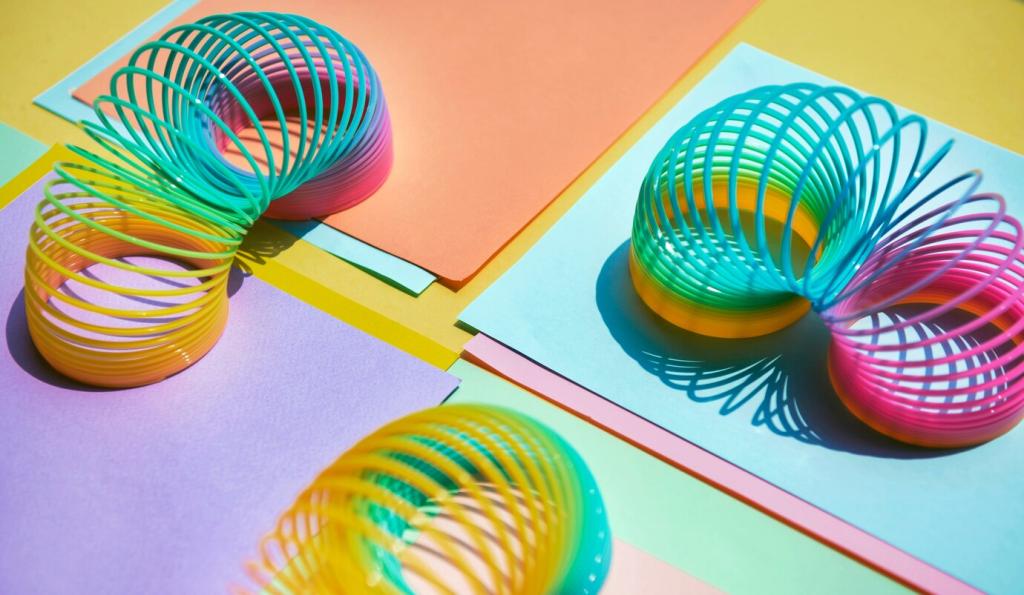Light: The Co‑Star of Dark Furniture
Dark wood loves sunlight’s gentle sweep. Morning rays carve soft highlights along grain patterns, making a room feel alive and rhythmic. Pull curtains wide, then observe how the mood evolves from sunrise to noon. Post a photo: does your walnut sideboard feel more contemplative in early light or quietly powerful under cloudy skies?
Light: The Co‑Star of Dark Furniture
Switching to warm, dimmable LEDs transforms dark furniture from stark to enveloping. At 2700–3000K, edges soften, leather glows, and conversation lingers. A single shaded lamp can turn a black bookshelf into a soulful backdrop rather than a looming wall. Try it tonight and comment on how your behavior changes after the switch.






